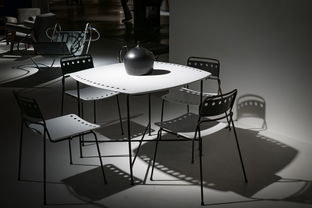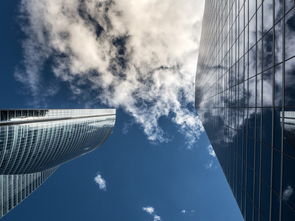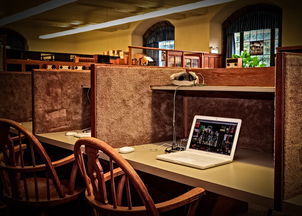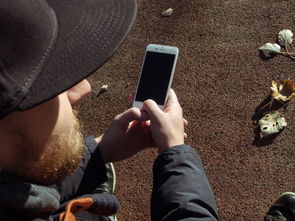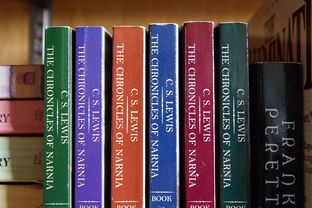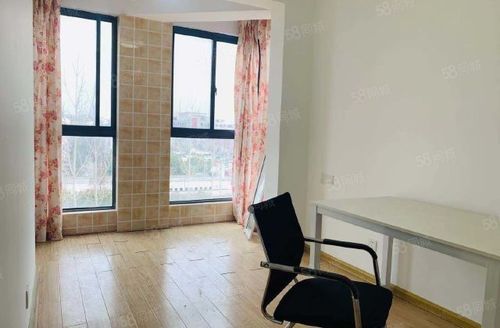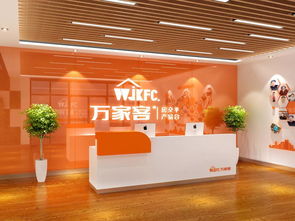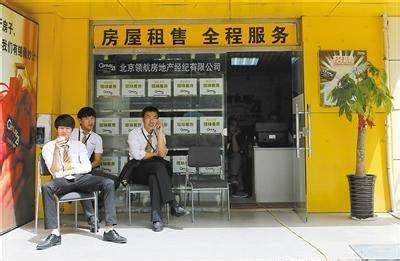Title: Designing the Revitalization: Embracing Detestation into Creativity - A Case Study on Transforming Unfavorite Spaces
As a seasoned architecture designer, I have always believed that even the most unloved or discarded spaces hold potential for transformation. The phrase "I don't like it" is not just a simple dislike, but an opportunity to delve into the heart of user experience, challenge conventions, and create something truly unique. This project, a residential building in a neighborhood with a dishearteningly ignored alleyway, embodies this设计理念.
The first step in any design process is understanding the source of the detestation. In this case, the alleyway was a forgotten, dull corridor connecting two bustling streets. Its lack of appeal was not just aesthetic; it was a symbol of disconnection and neglect. The goal was to redesign it as a vibrant hub, transforming it from a space that was simply disliked to one that would be cherished.
To start, I conducted a thorough analysis of the alleyway's functionality. It served as a shortcut for residents, but its narrowness and dim lighting discouraged usage. I proposed a multi-functional design that would cater to both pedestrians and cyclists. The first change was the widening of the alleyway to accommodate more space for safe movement, introducing a pedestrian-friendly zone with street furniture and lighting for night-time use.
Next, I introduced a sense of life and activity by incorporating public art installations. These were not just decorative; they were thought-provoking and engaging, creating a visual narrative that would spark conversations and attract people. Each piece was carefully selected to reflect the local community's history and culture, thus making the alleyway a part of the urban fabric rather than an outsider.
To combat the isolation, I designed a series of intimate seating areas, inviting people to stop and rest. These were strategically placed at different intervals, encouraging brief social interactions and fostering a sense of community. The materials used were chosen for their durability and maintenance, ensuring that these spaces would remain functional and welcoming even under harsh weather conditions.
The alleyway's aesthetics underwent a radical change. I proposed a vibrant palette, using plants and murals to bring color and vitality. These elements not only brightened up the space but also played a role in improving air quality and creating a microclimate that was more comfortable for users.
Finally, I incorporated smart technology to enhance the alleyway's functionality and convenience. Solar-powered lighting, smart benches with Wi-Fi access, and real-time traffic monitoring systems were integrated seamlessly, demonstrating the building's commitment to sustainability and modernity.
In conclusion, redesigning the unliked alleyway was not about eradicating the dislike but rather harnessing it to create a place that resonated with the community. By embracing the negative sentiment, we transformed a space that was once disregarded into a lively, functional, and culturally significant part of the city. This project is a testament to the power of design in reshaping perceptions and reimagining even the most mundane spaces.
So, when someone says "I don't like it," it's not a reason to give up, but a cue to dive deeper, think innovatively, and create something extraordinary. After all, in architecture, every dislike can lead to a beautiful transformation.


